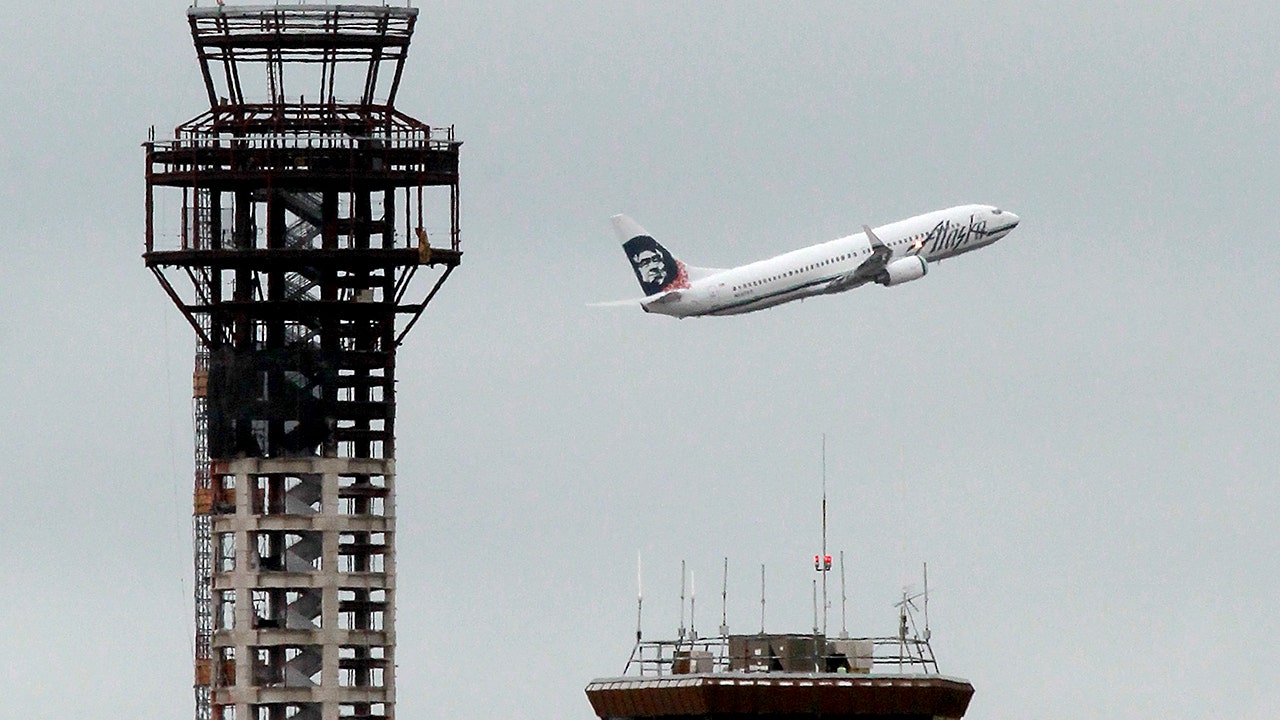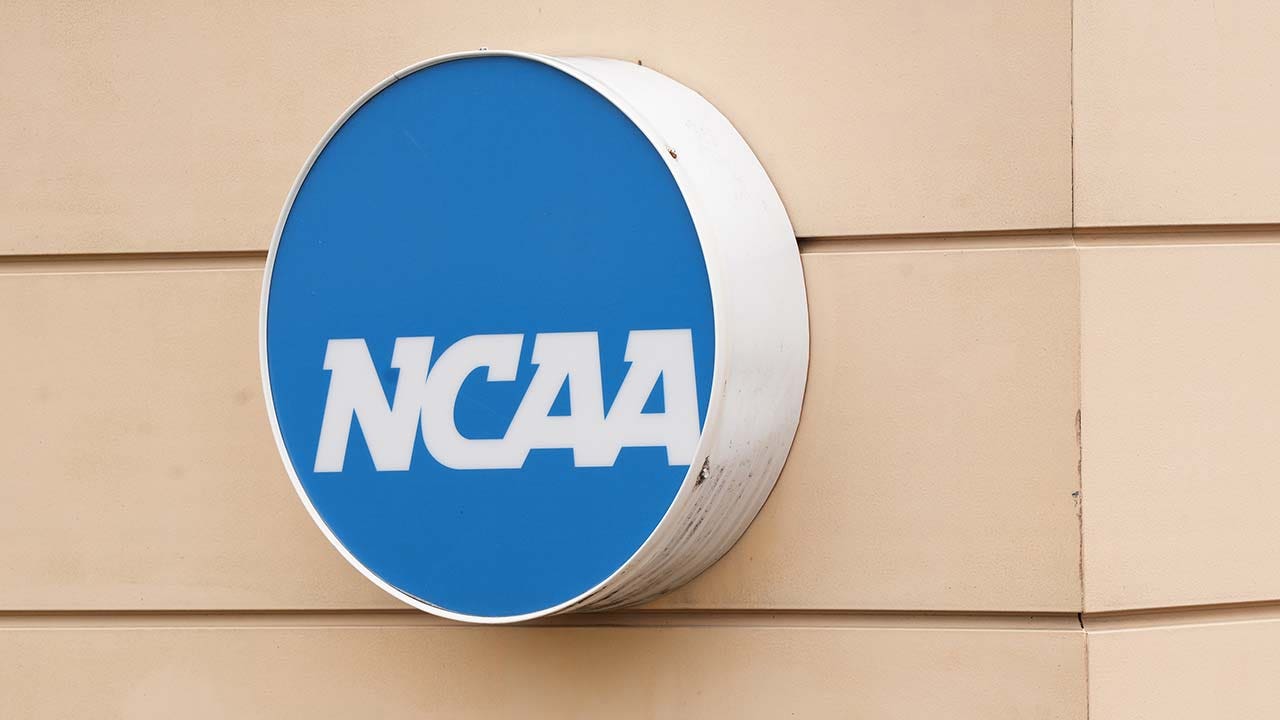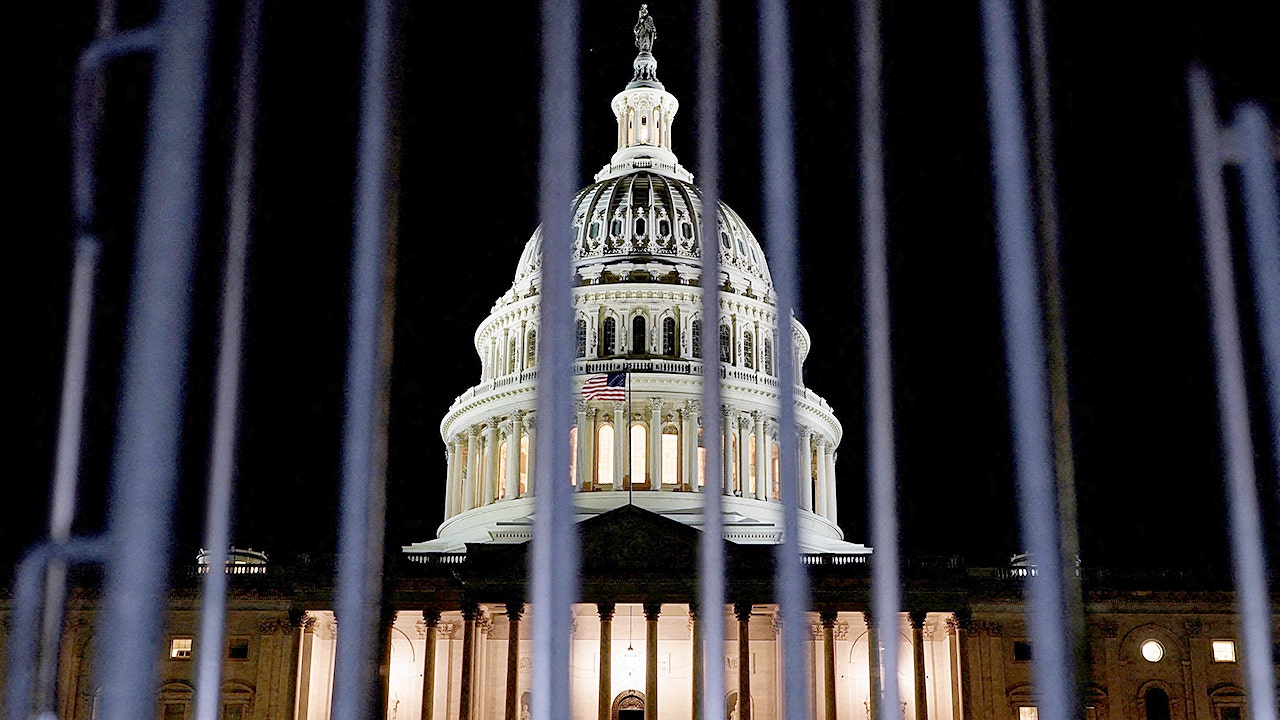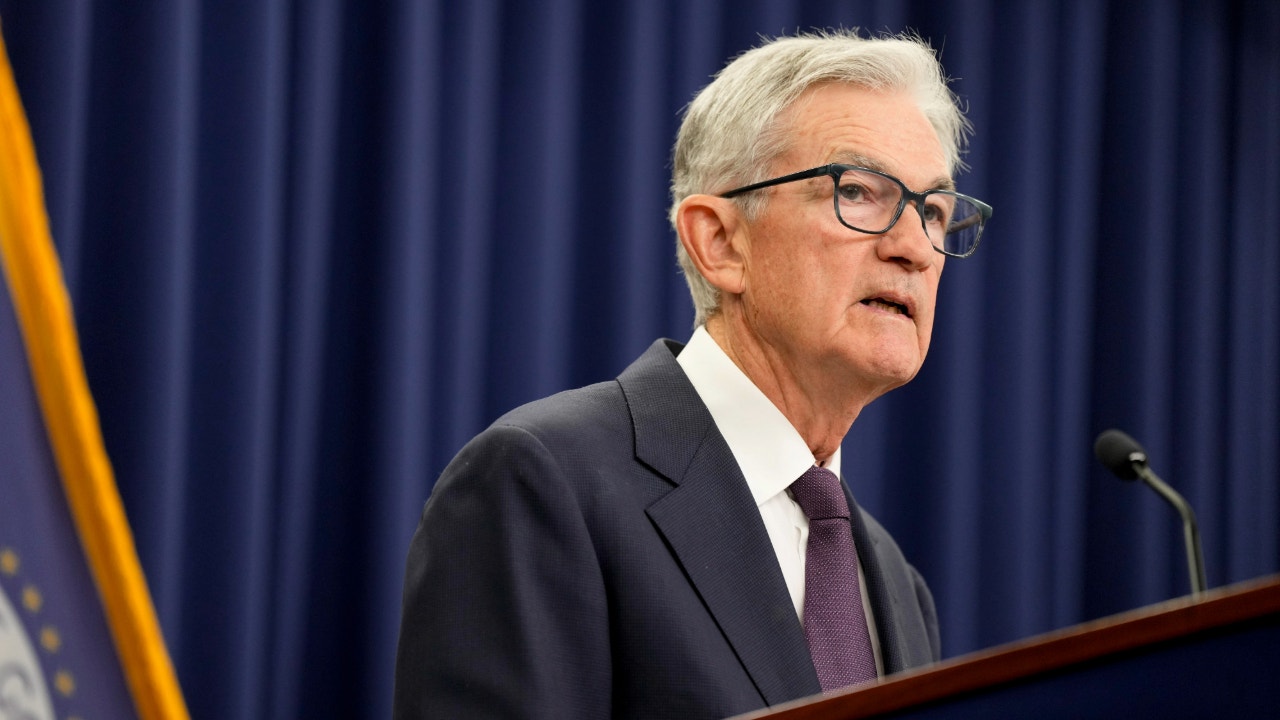President Donald Trump on Tuesday slammed Goldman Sachs CEO David Solomon over a report showing that American consumers and businesses are shouldering the burden of tariffs, telling him to “focus on being a DJ.”
Trump’s comments follow a report compiled by Goldman Sachs economists that showed U.S. businesses and consumers are paying the bulk of the cost of the president’s tariffs, which are taxes on imports, rather than foreign countries who Trump has said will cover the cost.
“Trillions of Dollars are being taken in on Tariffs, which has been incredible for our Country, its Stock Market, its General Wealth, and just about everything else. It has been proven, that even at this late stage, Tariffs have not caused Inflation, or any other problems for America, other than massive amounts of CASH pouring into our Treasury’s coffers,” Trump wrote on his Truth Social platform.
“Also, it has been shown that, for the most part, Consumers aren’t even paying these Tariffs, it is mostly Companies and Governments, many of them Foreign, picking up the tabs. But David Solomon and Goldman Sachs refuse to give credit where credit is due. They made a bad prediction a long time ago on both the Market repercussion and the Tariffs themselves, and they were wrong, just like they are wrong about so much else.”
TRUMP POSTPONES TARIFF DEADLINE 90 DAYS AFTER TOUTING ‘VERY GOOD’ RELATIONSHIP WITH XI
“I think that David should go out and get himself a new Economist or, maybe, he ought to just focus on being a DJ, and not bother running a major Financial Institution,” Trump said in reference to Solomon’s side project as a disc jockey producing electronic dance music and performing at clubs and music festivals under the name “DJ D-Sol.”
Goldman Sachs declined to comment on Trump’s post.
This weekend, Goldman Sachs economists led by Jan Hatzius released an initial analysis of how higher costs from Trump’s tariffs, which are taxes on imported goods, have impacted foreign exporters, U.S. businesses and American consumers so far amid the administration’s various tariff pauses earlier this year.
LEADING ECONOMIST ISSUES STARK RECESSION WARNING FOR STRUGGLING US ECONOMY

Goldman economists found that foreign exporters have absorbed just 14% of the cost of all tariffs implemented through June, though that figure will rise to 25% if more recently-implemented tariffs follow the same pattern as the earliest tariffs on China, which were used as the main evidence given the “reciprocal” tariffs announced in April didn’t take effect until recently.
In terms of the remaining costs, the report found that U.S. consumers absorbed 22% of tariff costs through June, but that will rise to 67% over time based on the pattern shown by the earliest tariffs.
That’s in part because U.S. businesses – which have absorbed 64% of the tariff costs to date – will see their share decline to 8% over time as they become less willing to resist price hikes and allow tariffs to eat into profit margins.
TRUMP ORDERS TERMINATION OF LABOR STATISTICS OFFICIAL AFTER JOBS REPORT AND DOWNWARD REVISIONS

“This implies that U.S. businesses have absorbed more than half of the tariff costs so far but that their share will fall to less than 10%. This net impact on U.S. businesses masks that some companies have absorbed a larger share of tariff costs, while some domestic producers shielded from import competition have raised their own prices and benefited,” the Goldman economists noted.
The report also estimated that the core personal consumption expenditures (PCE) index – the Federal Reserve’s favored inflation gauge – has risen by 0.2% so far due to tariffs and will rise by another 0.16% in July.
It’s then expected to rise a further 0.5% from August to December, leaving core PCE inflation at 3.2% year-over-year in December, when it would be 2.4% without the impact of tariffs, according to the Goldman Sachs analysis.
The Fed’s longer-run inflation target is 2% and inflation persisting at those levels through the end of the year could dampen the outlook for multiple interest rate cuts this year as central bank policymakers look to bring inflation back to the goal without an undue weakening of the labor market.












